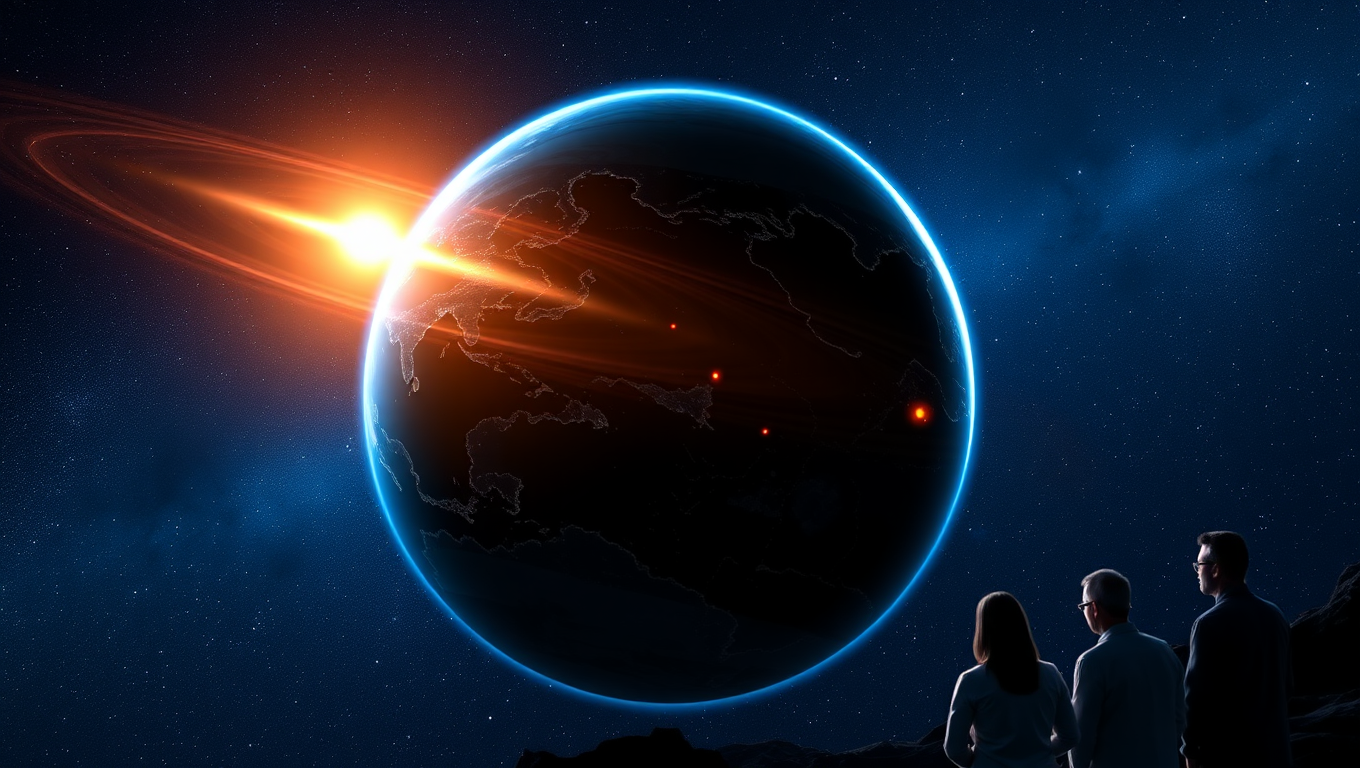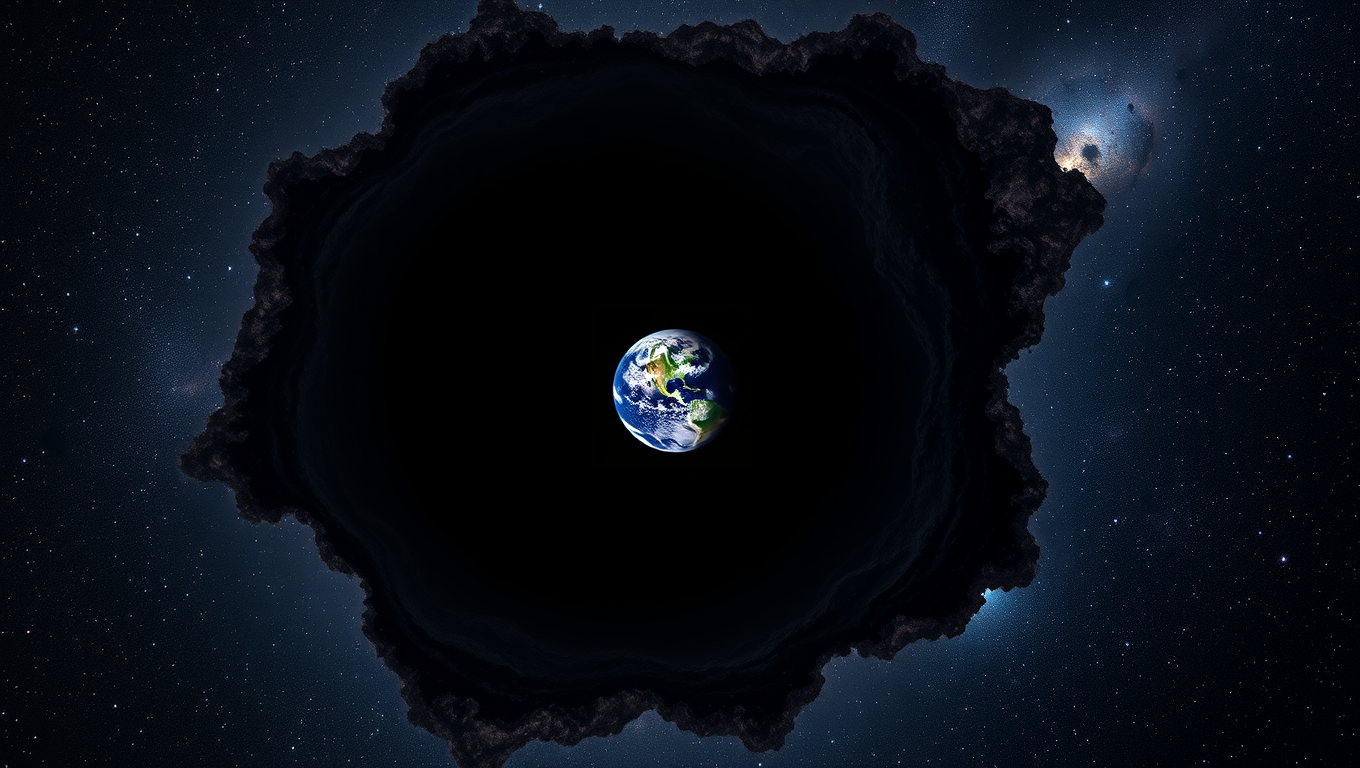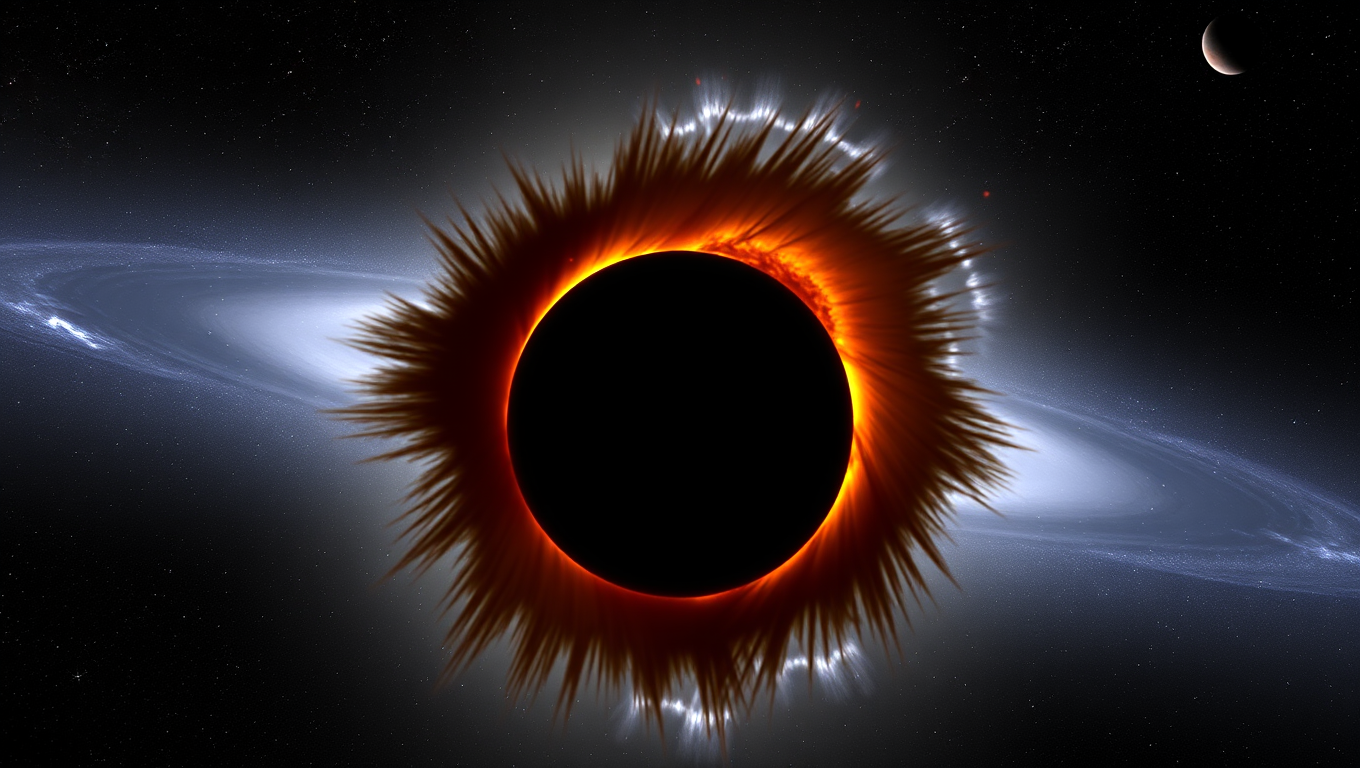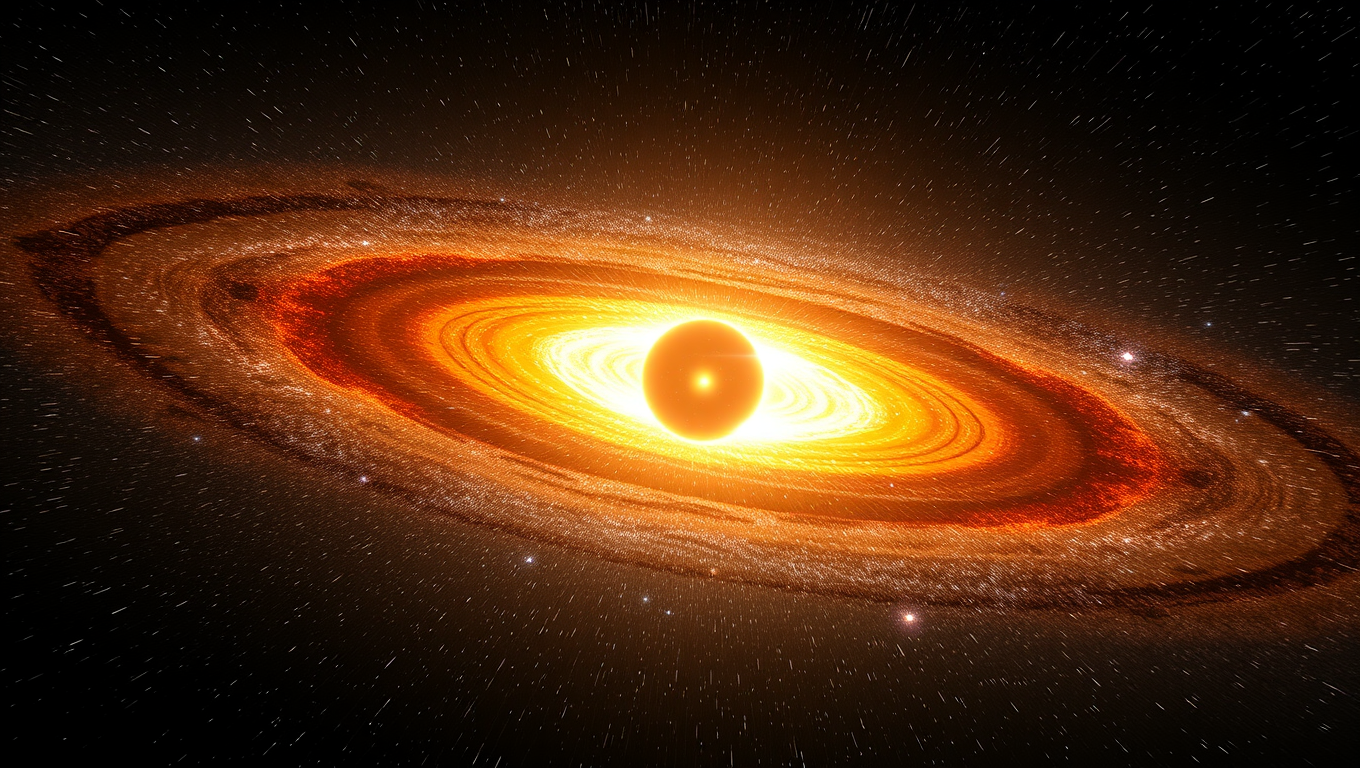While we try to keep things accurate, this content is part of an ongoing experiment and may not always be reliable.
Please double-check important details — we’re not responsible for how the information is used.
Astronomy
A Glimmer of Life Beyond Our Solar System?
Astronomers have detected the most promising signs yet of a possible biosignature outside the solar system, although they remain cautious.

Astronomy
The Cosmic Conundrum: A Billion-Light-Year Hole Around Earth Unmasks Faster Space Expansion
Our galaxy may reside in a billion-light-year-wide cosmic bubble that accelerates local expansion, potentially settling the long-running Hubble tension. Galaxy counts reveal a sparsely populated neighborhood, and “fossil” sound waves from the Big Bang bolster the void scenario, hinting that gravity has hollowed out this region. Confirming the bubble could refine the universe’s age and reshape our grasp of cosmic growth.
Astronomy
Record-Breaking Black Hole Collision Detected by LIGO
Gravitational-wave detectors have captured their biggest spectacle yet: two gargantuan, rapidly spinning black holes likely forged by earlier smash-ups fused into a 225-solar-mass titan, GW231123. The record-setting blast strains both the sensitivity of LIGO-Virgo-KAGRA and the boundaries of stellar-evolution theory, forcing scientists to rethink how such cosmic heavyweights arise.
Astronomy
“Unveiling the Mystery: Dark Dwarfs Hold Key to Understanding Dark Matter”
Imagine a star powered not by nuclear fusion, but by one of the universe’s greatest mysteries—dark matter. Scientists have proposed the existence of “dark dwarfs,” strange glowing objects potentially lurking at the center of our galaxy. These stars might form when brown dwarfs absorb enough dark matter to prevent cooling, transforming into long-lasting beacons of invisible energy. A specific form of lithium could give them away, and if detected, these eerie objects might reveal the true nature of dark matter itself.
-

 Detectors3 months ago
Detectors3 months agoA New Horizon for Vision: How Gold Nanoparticles May Restore People’s Sight
-

 Earth & Climate4 months ago
Earth & Climate4 months agoRetiring Abroad Can Be Lonely Business
-

 Cancer4 months ago
Cancer4 months agoRevolutionizing Quantum Communication: Direct Connections Between Multiple Processors
-

 Agriculture and Food4 months ago
Agriculture and Food4 months ago“A Sustainable Solution: Researchers Create Hybrid Cheese with 25% Pea Protein”
-

 Diseases and Conditions4 months ago
Diseases and Conditions4 months agoReducing Falls Among Elderly Women with Polypharmacy through Exercise Intervention
-

 Albert Einstein4 months ago
Albert Einstein4 months agoHarnessing Water Waves: A Breakthrough in Controlling Floating Objects
-

 Chemistry4 months ago
Chemistry4 months ago“Unveiling Hidden Patterns: A New Twist on Interference Phenomena”
-

 Earth & Climate4 months ago
Earth & Climate4 months agoHousehold Electricity Three Times More Expensive Than Upcoming ‘Eco-Friendly’ Aviation E-Fuels, Study Reveals





























